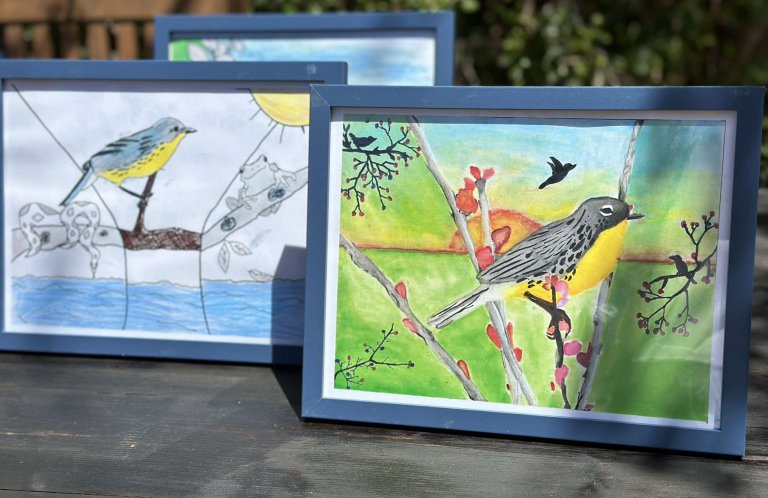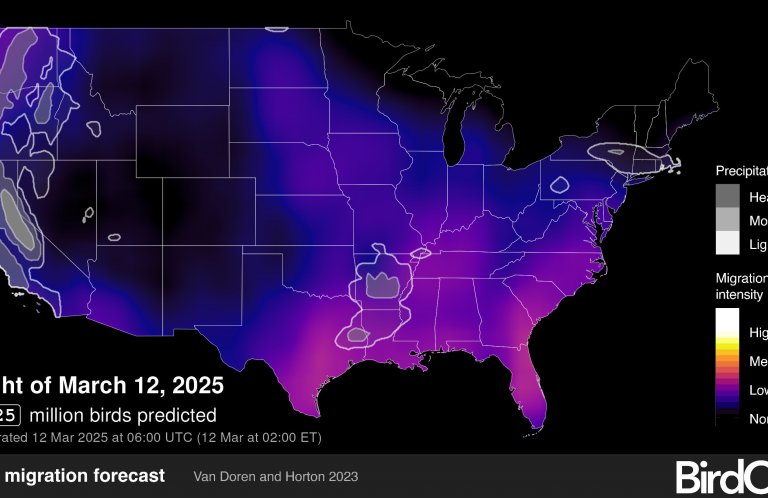Why The Endangered Species Act is Vital for Bird Conservation
The Endangered Species Act (ESA) has repeatedly come under attack in Congress, in spite of Americans' strong record of support for wildlife conservation and endangered species. Now the ESA faces its latest challenge: a package of five bills, slated to come up soon for a vote in Congress, that would render the ESA toothless. In this interview, Steve Holmer, American Bird Conservancy's (ABC) Vice President of Policy, talks about why the ESA continues to be so vital for bird conservation — and why it's more important than ever for people who love wildlife to speak up on behalf of this important law.
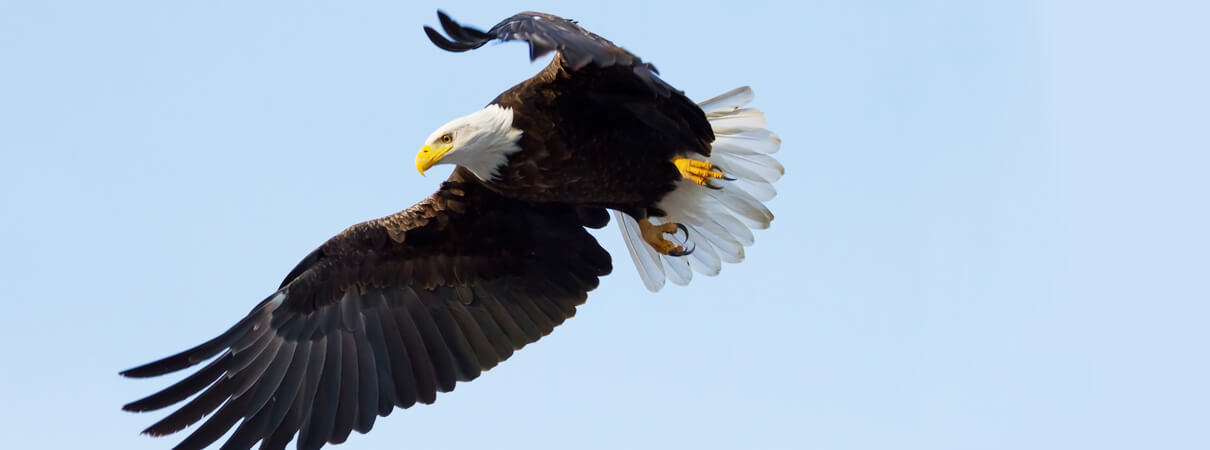
Bald Eagles remain one of the Endangered Species Act's greatest success stories. The species' population dropped to less than 500 breeding pairs in the early 1960s. Today, the U.S. Fish and Wildlife Service estimates that nearly 10,000 breeding pairs live in the contiguous United States. The species was removed from the list in 2007. Photo by SekarB/Shutterstock
“Every citizen who cares about birds needs to make their voice heard at this critical moment before the House votes," Holmer says. "Your Senators also need to hear from you — and must be encouraged to halt this fast-moving attack on the ESA. This latest threat to the ESA is being strongly opposed by green groups in Washington, and can ultimately be stopped. But only if citizens make their voices heard now.”
Jennifer Howard: Why do we still need the ESA?
Steve Holmer: The need is as great as it's ever been, as threats including habitat loss, invasive species, pesticides, and climate change continue to increase. Today, the ESA continues to play a critical role guiding the recovery of listed species, and in determining if there is scientific support to warrant the protection of newly imperiled populations. From a bird conservation perspective, these include decisions to list the rufa subspecies of Red Knot as threatened and the 'Akikiki as endangered. More recently, ABC petitioned for ESA protection the Oregon Vesper Sparrow, which has fewer than 3,000 remaining individuals.
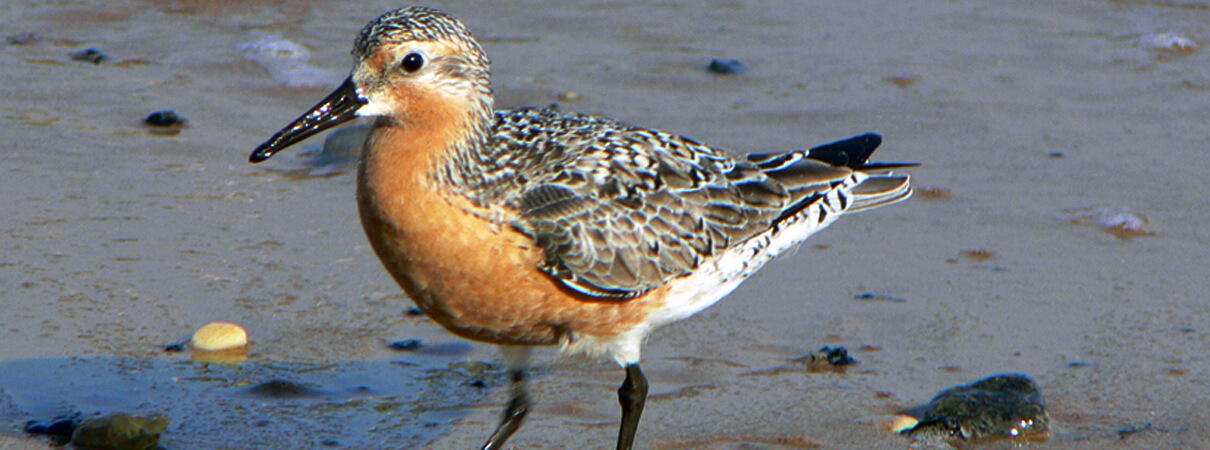
The American subspecies of the Red Knot — the rufa Red Knot — is listed as threatened under the Endangered Species Act. Overharvest of horseshoe crabs in Delaware Bay is a key factor in the species' decline. Photo by Mike Parr
JH: What evidence do we have that ESA listing actually helps threatened bird populations?
SH: The Endangered Species Act: A Record of Success, a report released in 2016 by ABC, found that for U.S. mainland birds, 78 percent of those listed as threatened or endangered under the ESA have populations that are now stable, increasing (such as the Piping Plover), or have recovered enough to be delisted (such as the Brown Pelican). The report found that 41 ESA-listed U.S. bird populations are increasing and on the road to recovery.

Listed as federally endangered in 1987, the Black-capped Vireo is threatened by habitat loss and nest predation and parasitism. However, successes in addressing these threats led to a 2016 proposal that the species be removed from the list. Photo by Bill Hubick
JH: What would happen if the ESA were gutted or repealed?
SH: The ESA has been the essential backstop against habitat loss and the risk of losing species forever. Without it, we would lose prohibitions on killing individual birds, protection for critical habitat, and funding for recovery efforts. This would leave already imperiled species in even greater danger.
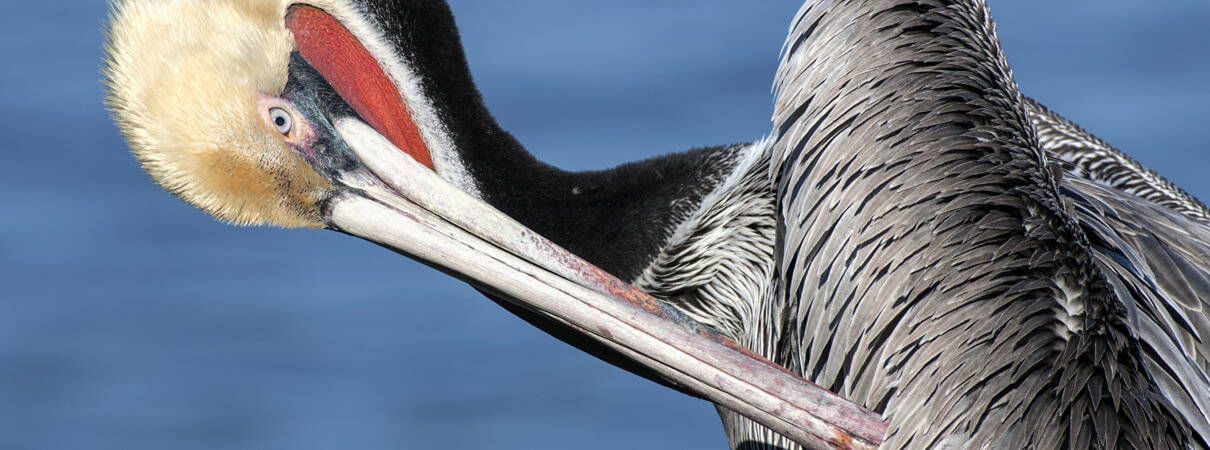
Once threatened with extinction, the Brown Pelican has recovered to the point that it is no longer listed under the Endangered Species Act. Photo by David Osborn/Shutterstock
JH: What are the current threats to the law? What would the proposed bills do?
SH: In recent years, Congress has sought to exempt ESA protection for some species, but hasn't tried to overturn the law itself. That's changed. Republican leaders have said that they want to scuttle the ESA, and they will soon force a vote in the House of Representatives on bills that will prevent new listings or enforcement of the law. Now is the critical moment for people who love wildlife to speak out on behalf of this key legislation.
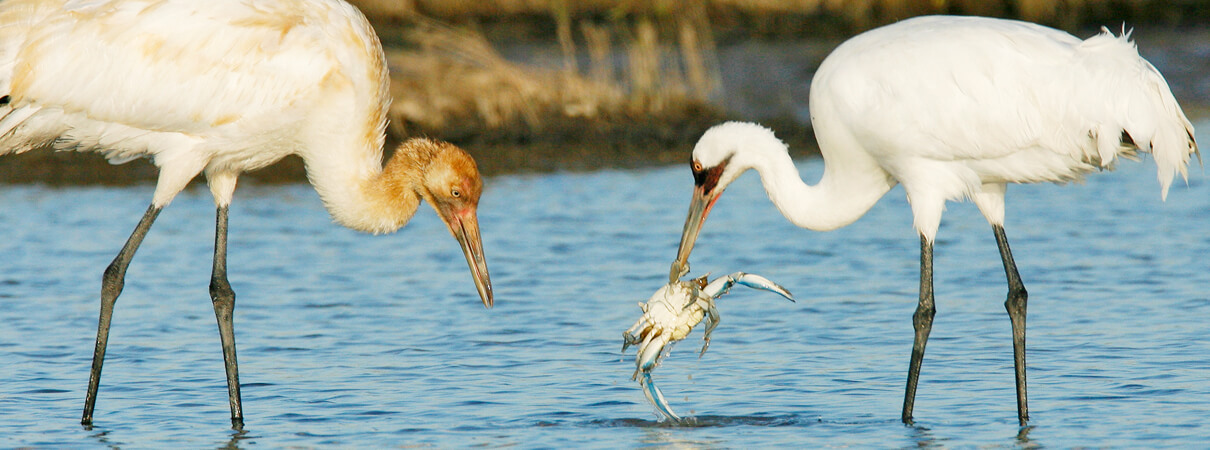
The Whooping Crane population dropped to just 16 birds in the 1940s. Today, due to ongoing captive breeding and reintroduction programs, the wild population has grown to approximately 450 birds throughout North America. The species remains listed as endangered under the Endangered Species Act. Photo by Brian Small
Stand up for the Endangered Species Act and send a letter to your Representative and Senators today.
Editor's note: A previous version of this interview was published earlier this year.
 | Jennifer Howard is Director of Public Relations at ABC. She was a senior reporter for The Chronicle of Higher Education for 10 years and before that was a contributing editor and columnist with The Washington Post. Follow Jen on Twitter at @JenHoward. |
 | Steve Holmer, ABC's Vice President for Policy, has over 20 years of experience working to conserve endangered wildlife. He also directs the Bird Conservation Alliance, a network of more than 200 groups that builds support for bird conservation programs. |





































